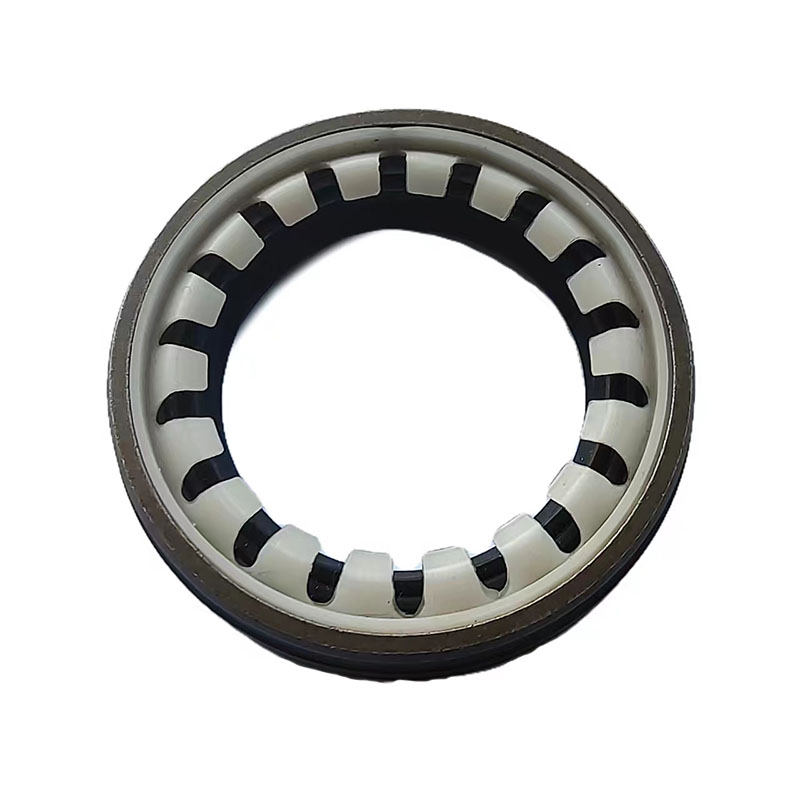Oil Seals and Rubber Products for Enhanced Performance and Durability in Mechanical Applications
Understanding Oil Seals and Rubber Products A Comprehensive Guide
In the realm of machinery and equipment, oil seals and rubber products play a pivotal role in ensuring efficient operation and longevity. These components are essential for maintaining the integrity of various systems, particularly in automotive, aerospace, and industrial applications. Understanding their functions, materials, and types can greatly enhance product selection and maintenance practices.
What are Oil Seals?
Oil seals, also known as lip seals or rotary seals, are sealing devices that prevent the leakage of lubricants and contaminants from a system. Typically made from rubber or elastomeric materials, oil seals encircle rotating shafts or cylindrical surfaces. They are designed to withstand pressure, temperature fluctuations, and exposure to various chemicals.
The primary function of oil seals is to keep the lubricant inside a machinery component, such as a gearbox or engine, while simultaneously preventing dirt, dust, and other contaminants from entering. This dual action not only enhances performance but also extends the service life of machinery.
Types of Oil Seals
Oil seals come in various types, each suited for specific applications. Here are some commonly used types
1. Single Lip Seals These are the most basic design and consist of a single flexible lip that touches the shaft. They are used in applications with lower pressure requirements.
2. Double Lip Seals Featuring two flexible lips, these seals provide enhanced protection against contaminants and are ideal for more demanding environments.
3. Spring-loaded Seals These seals include a spring that applies pressure to the sealing lip, ensuring a tighter fit and better sealing performance even in high-speed applications.
Materials Used in Oil Seals
oil seal & rubber products

The effectiveness of an oil seal is largely dependent on the material used in its construction. Common materials include
- Nitrile Rubber (NBR) Known for its excellent oil resistance, NBR is widely used in automotive applications.
- Fluoroelastomer (FKM) This material offers superior resistance to extreme temperatures and aggressive chemicals, making it suitable for aerospace and high-performance automotive applications.
- Silicone Rubber With excellent flexibility and a wide temperature range, silicone is often used in applications where high temperatures are a concern.
- Polyurethane This material provides excellent abrasion resistance and is often used in harsh environments.
The Importance of Quality
When it comes to oil seals and rubber products, quality should never be compromised. Low-quality seals can lead to premature failure, resulting in costly downtimes and repairs. It is crucial to choose seals from reputable manufacturers who adhere to stringent quality control measures. Certifications like ISO and compliance with various industry standards can serve as indicators of quality and reliability.
Maintenance and Replacement
Regular maintenance of oil seals is essential to ensure optimal performance. This includes checking for signs of wear or damage, such as cracks or deformation. Often, seals can exhibit external leaks if they are compromised. Early identification and replacement can prevent more significant damage to machinery components.
When preparing for replacement, it’s vital to select the correct size and type of oil seal. Cross-referencing OEM specifications can guide you to the right choice. Moreover, proper installation techniques must be followed to avoid damage during fitting.
Conclusion
Oil seals and rubber products are integral to the functioning of numerous machinery and equipment across industries. Their ability to prevent leaks and protect internal systems makes them indispensable for operational efficiency. By understanding their types, materials, and maintenance requirements, businesses and individuals can ensure they select the right products for their applications, ultimately prolonging the life of their machinery and reducing operational costs. Investing in quality oil seals and adopting proper maintenance practices is a proactive approach to minimizing downtime and enhancing productivity.
-
Understanding Automotive Oil Seals: Essential Components for Engine and Shaft Protection
News Jul.30,2025
-
The Importance of Heavy Duty Seals in Industrial and Residential Applications
News Jul.30,2025
-
Exploring Industrial Oil Seals: From Felt Oil Seals to TTO and CFW Solutions
News Jul.30,2025
-
Essential Guide to Oil Seals: From Radial to Metal-Cased Seals for Industrial Reliability
News Jul.30,2025
-
Choosing the Right Oil Seals and Gaskets for Industrial and Automotive Applications
News Jul.30,2025
-
Cassette Seals: Durable Sealing Solutions for Harsh Environments
News Jul.30,2025
-
Understanding the Front Main Engine Seal: Purpose, Maintenance, and Installation
News Jul.29,2025
Products categories















